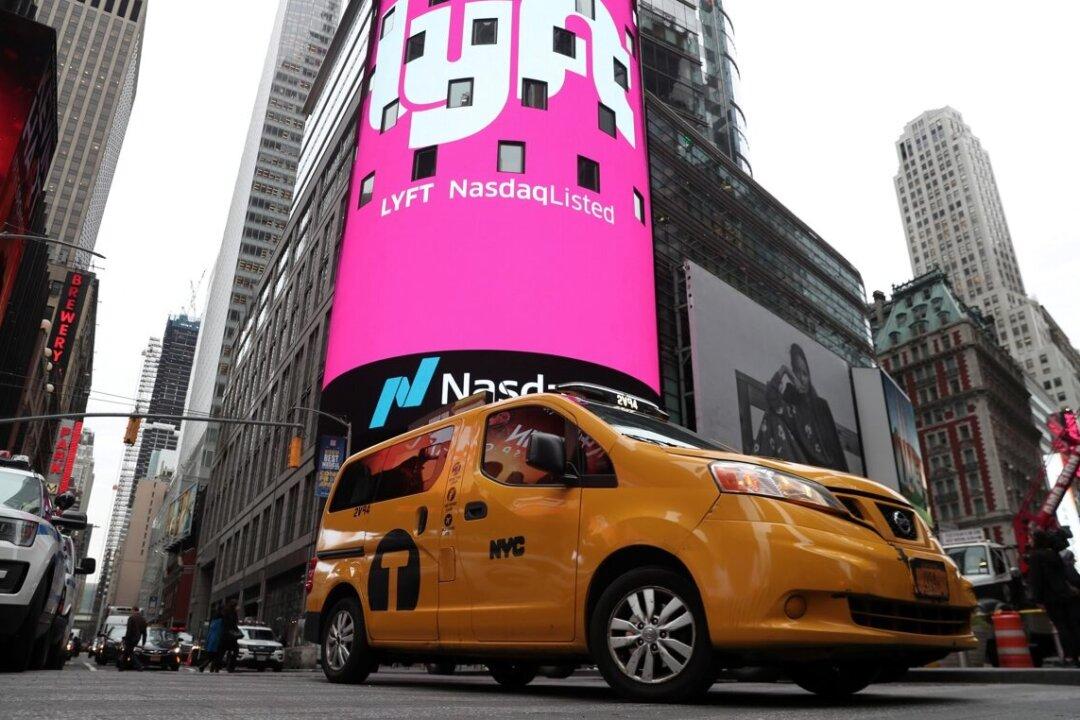Ride-share company Lyft announced its commitment Wednesday to ensuring that every vehicle on its platform will be electric by 2030. The company will not offer financial support to drivers to make the change from gas-powered vehicles, but promised to work with policymakers, partners, and drivers to drive down electric vehicle (EV) costs and expand infrastructure and other incentives.
The company said that the motivation to electrify its fleet comes from a desire to reduce greenhouse gas emissions.





